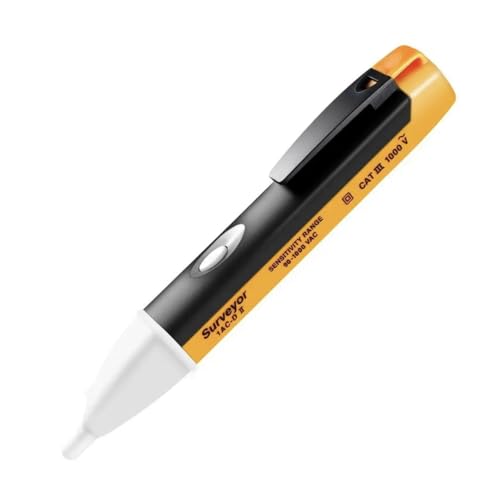Hi Everyone
I hope this is the right place to ask this question - if not I will be happy to get suggestions where should I post this question
I have an LG 43UK6300 TV
After 2.5 years of use, the image disappeared all of a sudden but I can hear sound (even the sound that comes from my PC /HDMI)
I want and I will repair it myself. But I need a small advice.
I baked the motherboard at 200 degree in the oven for 10 minutes (Utube Video) and the only result: I feel dumb - it didn't helped.
My next step: buying a Multimeter for checking the LEDs
I never worked with one. Will this do the work?
https://www.amazon.fr/Multimètre-numérique-AstroAI-amplificateur-tension/dp/B01ISAMUA6?ref_=ast_sto_dp
*If anyone have a suggestion / other step that I should follow - I will be happy to hear
*Should I check also other components with the Multimeter?
I hope this is the right place to ask this question - if not I will be happy to get suggestions where should I post this question
I have an LG 43UK6300 TV
After 2.5 years of use, the image disappeared all of a sudden but I can hear sound (even the sound that comes from my PC /HDMI)
I want and I will repair it myself. But I need a small advice.
I baked the motherboard at 200 degree in the oven for 10 minutes (Utube Video) and the only result: I feel dumb - it didn't helped.
My next step: buying a Multimeter for checking the LEDs
I never worked with one. Will this do the work?
https://www.amazon.fr/Multimètre-numérique-AstroAI-amplificateur-tension/dp/B01ISAMUA6?ref_=ast_sto_dp
*If anyone have a suggestion / other step that I should follow - I will be happy to hear
*Should I check also other components with the Multimeter?









![TUOFENG 12 Gauge Silicone Wire -6 Meter [3 m Black and 3 m Red] 3.3mm² Soft and Flexible Electrical Wire for DIY Projects and Electrical Applications](https://m.media-amazon.com/images/I/51+++DjJ1DL._SL500_.jpg)






















































